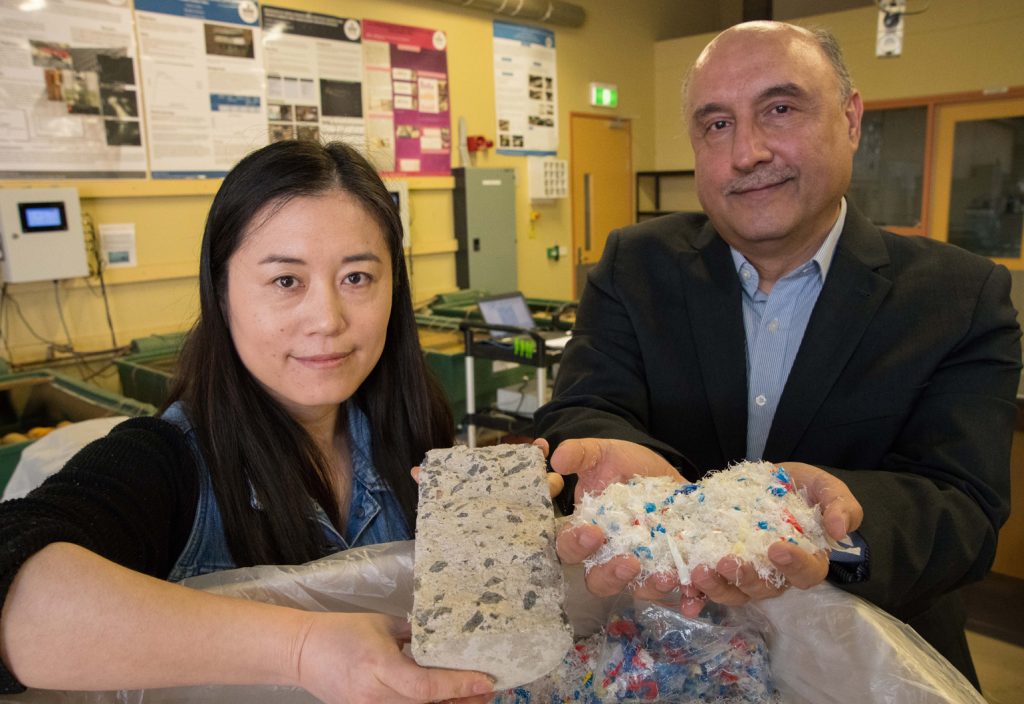A cross-discipline collaboration between engineering and medicine could simultaneously reduce medical waste and improve the durability of concrete.
Dr Riyadh Al-Ameri from Deakin University’s School of Engineering said the project began when they were looking to solve the problem of corrosion in steel bars used in concrete construction by using shredded plastic medical waste to help better protect the structural concrete.
“Concrete can crack and damage the internal bond, which can then lead to water penetration and corrosion of the steel bars, critical for providing the strength and integrity of concrete structures,” he said.
“If we are able to facilitate production of new types of concrete that will offer better protection, give structures longer life and better performance, as well as help recycle plastic waste, that will be a great achievement.”
Around the same time, nephrologists Dr Katherine Barraclough from the Royal Melbourne Hospital and Professor John Agar from Barwon Health’s University Hospital Geelong approached Deakin to find a practical solution to their plastic waste issue.
Barraclough said each dialysis treatment created between one and three kilograms of plastic waste, and with more than 12,000 Australians on dialysis, that added up to about 5100 t of plastic waste each year.
“Haemodialysis (the most common type of dialysis) involves making a circuit where blood is pumped from a patient’s bloodstream through a machine then back to the patient. This removes toxins and excess water and is life sustaining for patients with kidney failure,” she said.
“For safety reasons, both the tubes that carry the blood and the dialyser (the part of the machine that cleans the blood) are made of plastic designed for single use only. The result is large amounts of plastic waste generated from each dialysis treatment.”
Initial testing by Al-Ameri’s team saw shredded plastic waste added to a concrete mix, with results showing this made a product that was more durable and significantly more waterproof.
“Wet and dry cycles can have a big impact on the durability of the concrete, and sea water has chloride, which is very harmful to both concrete and steel reinforcement,” Al-Ameri said.
“So we’re looking for innovations that will help concrete construction of offshore rigs for oil and gas, observation towers, concrete buildings in coastal areas that are exposed to humidity, and marine structures such as retaining walls that are in contact with water.”



